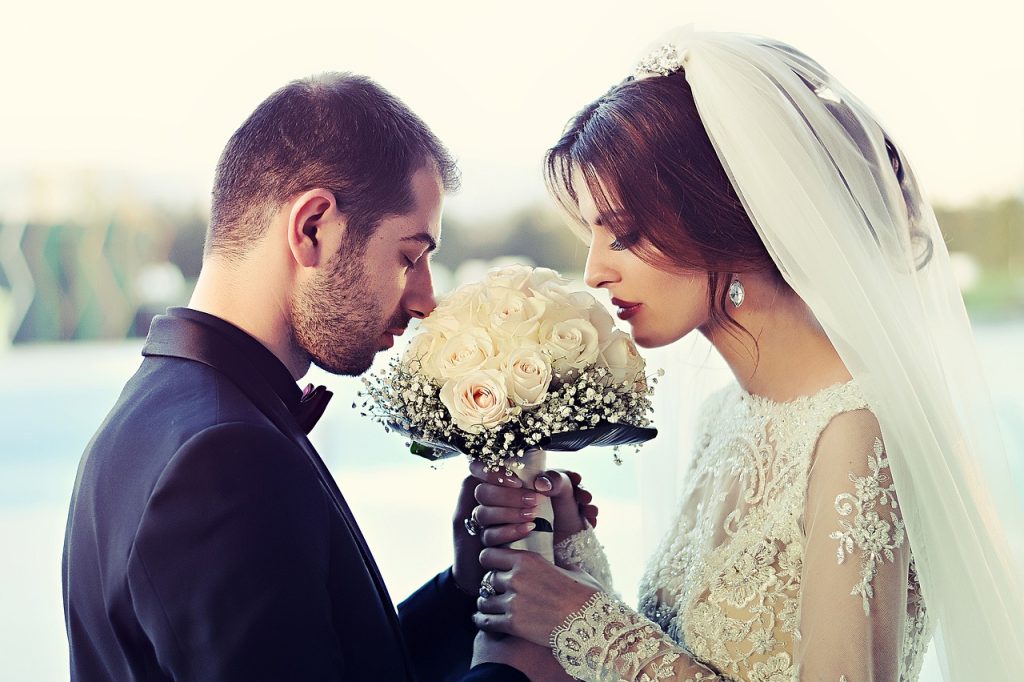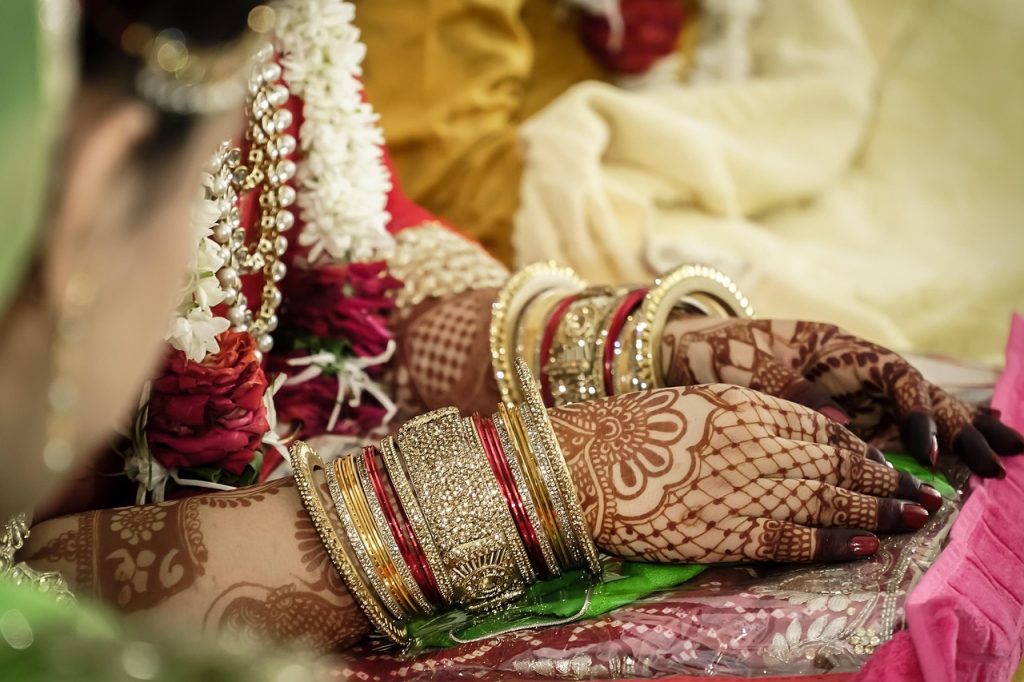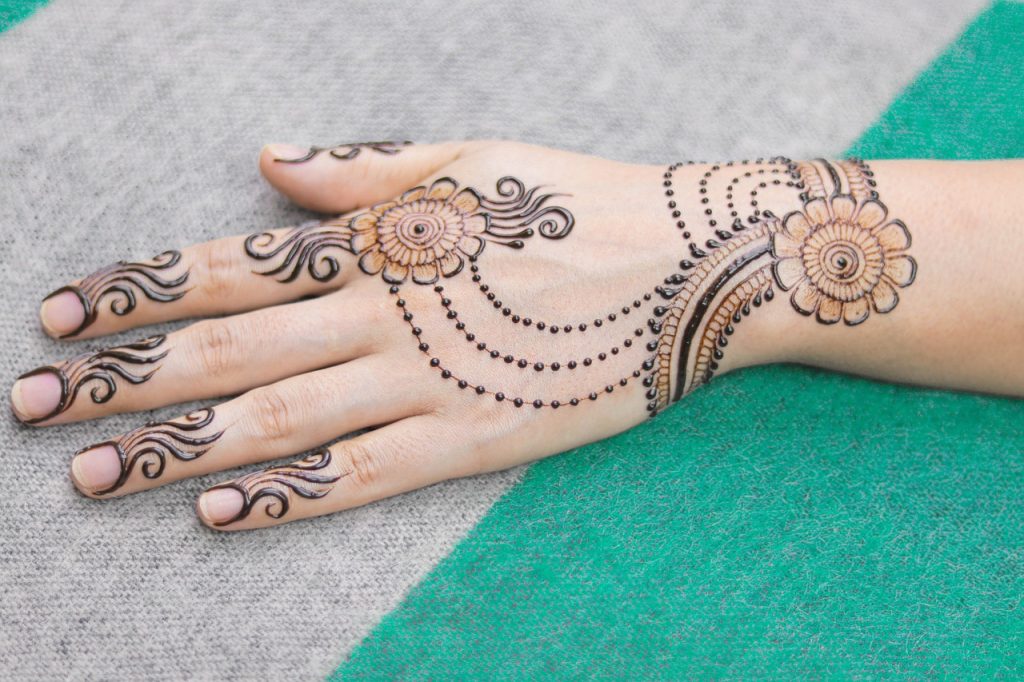The Cultural Significance of Mehndi in Weddings

Mehndi, an age-old tradition, has been an integral part of wedding celebrations, particularly in South Asian cultures. The intricate patterns created on the bride’s back hand symbolize joy, love, and prosperity. Brides often select designs that mirror their personality while connecting with familial and cultural tales.
What traditional patterns are commonly used in back hand mehndi designs?
Common patterns include floral designs, paisleys, and geometric shapes. Each design holds symbolic meaning, reflecting various traits such as beauty or fertility. Brides often combine these patterns artfully to create unique, meaningful representations.
Did you know?
According to a study from NCBI, the use of mehndi is not only an aesthetic choice but also has historical significance, relating to rituals maximizing ancestral blessings during nuptials.
Choosing the Right Design for Your Personality

Your back hand wedding bridal mehndi design should reflect who you are. Whether you prefer bold and elaborate designs or minimalistic styles, the choice can communicate your personal story. Brides should consider their attire, wedding theme, and comfort level with intricate patterns when selecting their mehndi design.
How do I select the perfect mehndi design for my wedding?
Begin by exploring different styles through Pinterest or bridal magazines. It’s essential to make a shortlist of designs that resonate with you. Don’t hesitate to consult with your mehndi artist, who can offer tailored suggestions based on your ideas.
Case Study Insight
The success stories of many brides highlight how personalized designs served as artistic narratives. For instance, one bride had a design that featured elements from her family’s heritage, creating a stunning mix of personal and traditional motifs.
Application Techniques and Aftercare Tips

Proper application and aftercare of your mehndi are crucial for achieving the darkest and longest-lasting stain. Expert mehndi artists usually apply henna using a cone for precision. After application, it’s advised to keep the mehndi on for at least six hours for the best color saturation.
What should I do to take care of my mehndi after it is applied?
After the henna has dried and been removed, avoid washing the area with soap and water for the next 24 hours. Instead, keep it moisturized with natural oils to help deepen the color. Remember, the final color will develop for up to 48 hours, so be patient!
Expert Tip
According to renowned mehndi artist Zainab Khan, “The key to achieving a beautiful stain cycle is to include natural oils like olive or coconut oil in your aftercare routine.”
Conclusion

Back hand wedding bridal mehndi design is not merely a decorative aspect of weddings; it encapsulates cultural significance and personal storytelling. From selecting the right design to caring for your mehndi, understanding these elements enhances your bridal experience.
Want to explore more designs and tips? Subscribe to our newsletter for the latest trends in bridal mehndi!
